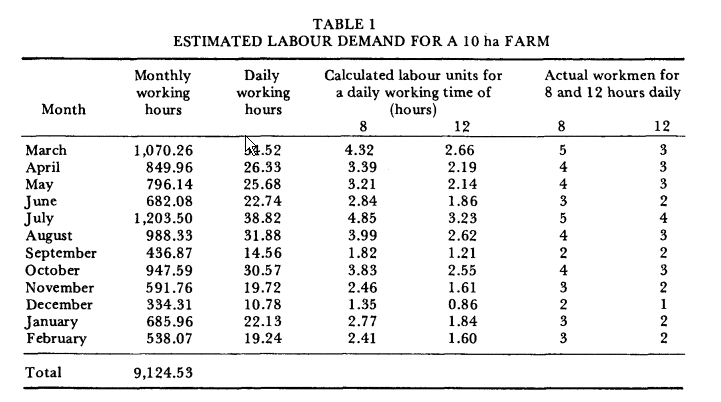No CrossRef data available.
Published online by Cambridge University Press: 03 March 2015
From the 12 April 1974 to the 26 April 1974 the Libyan Society made it possible for me to visit the new irrigation project in Tauorga, Libya. The visit was a great help in completing a vital part of my Ph.D. research. It gave me the opportunity of studying the marketing situation for the planned output of the project, the working ability of the settlers, who are at present living in the decaying Tauorga oasis, and the expansion possibilities for agricultural production. I was also able to collect a great deal of statistical and peripheral information which has given me a much better understanding of the specific problems inherent in the project. The main results of my work in Libya are summarized below.
The basis for the income of the settlers in the Tauorga project is a 10 ha farm for each of the 300 families to be settled. The cropping pattern of each of these farms is 3·8 ha cereals, 2·2 ha beets, 2·0 ha alfalfa and 2·0 ha vegetables. Further, the farmers will keep on each farm 2 cows, 1 ox, 2 donkeys, 5 sheep and 10 to 15 fowls. The labour demand for these agricultural activities per farm per annum is estimated to be as follows:

The above table shows clearly that for a daily working time of 8 hours, at least 4 permanent full-time labourers will be required. Increasing the working day to 12 in order to reduce the number of labourers to 3, becomes unrealistic since the labourers would migrate to easier jobs, which are available in the urban centres. But it is unlikely that the 8-member families will have 4 able bodied workmen and much of the farmwork will probably have to be done by hired labour.